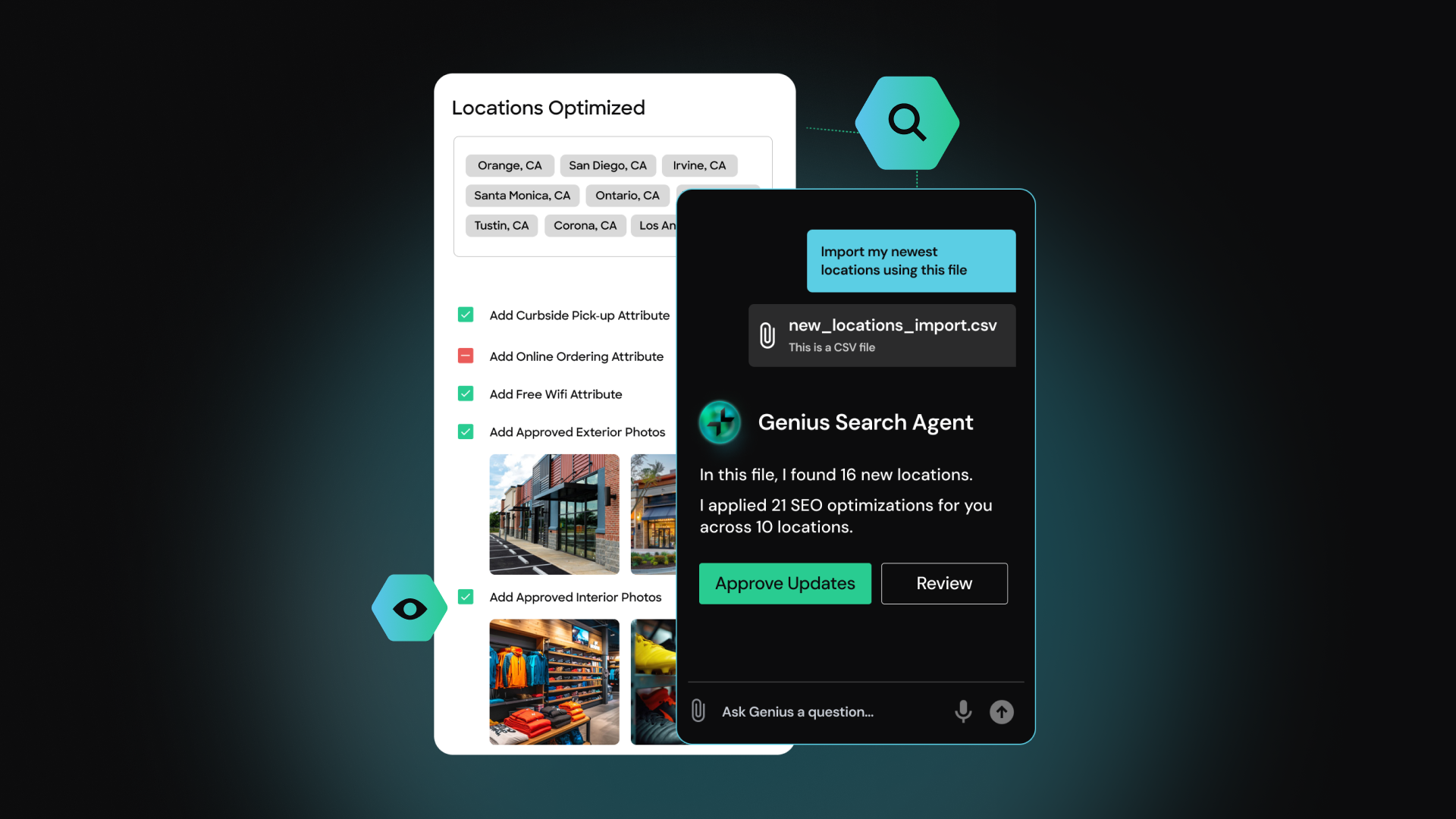Why You’ll Need an Enterprise-Ready Agentic Stack to Compete by 2026
The year is only half finished, yet the race for next year’s competitive edge has already started. Budget conversations are in full swing, and leadership teams want proof that every dollar will drive faster growth and fewer headaches. The companies, teams, and individuals that will pull ahead are the ones putting an agentic stack in place: a layer of AI agents that can manage everyday work on their own.
Since the public launch of ChatGPT in late 2022, AI has moved from research labs to every browser tab. Language models have graduated from clever curiosity to production workhorses, from single prompts to fully autonomous workflows. Procurement teams that once asked whether AI was safe now ask how soon it can be deployed. Security leaders have drafted policy templates instead of blanket moratoriums, and boards want to know how AI will reduce costs rather than whether it should be used at all.
Six months may feel like plenty of time, but in enterprise cycles, it’s the blink of an eye. Acting now means you walk into January with AI working for you; waiting means you’ll spend 2026 trying to catch the brands that didn’t hesitate.
The Agentic Stack, Explained
An agentic stack is a system of autonomous software agents that observe data, decide what needs to be done, and then do it without waiting for a human to push every button, much like a self-driving car that constantly scans the road, plots the safest route, and keeps moving while you focus on the destination instead of the steering wheel (or if you’re like me, you’re focused on the best playlist in your Waymo ride). Each agentic stack differs in architecture, yet they share four essentials that turn raw information into real-world action:
- Unified data foundation that provides agents with accurate, timely context – like stocking a single, well-organized pantry so every cook grabs fresh ingredients instead of hunting through five different cabinets.
- Task-oriented agents that translate goals into execution, whether updating content, routing a ticket, or writing first-draft copy – think of a line of sous-chefs who each specialize in one dish and automatically start prepping the moment an order comes in.
- Orchestration and guardrails that manage handoffs, approvals, and safe boundaries – similar to the head chef coordinating timing and checking temperatures so entrées and sides hit the pass together and meet safety standards.
- Feedback loops that let the system learn and improve continuously – like reading diner reviews at the end of service, then adjusting recipes and plating for an even better experience tomorrow.
You can see these principles in action beyond SOCi. Writer trains domain-specific agents that draft brand-aligned copy and refine tone with each edit. Glean embeds agents in enterprise search so employees get answers, suggested actions, and automated workflows from a single query. Even Microsoft’s Copilot and Google’s Gemini apply similar layers to drive autonomous help across productivity apps. Different markets, same blueprint: trustworthy data at the base, agents in the middle, human oversight on top.
Why December 31 Matters
Several trends collide between now and New Year’s Eve. The cost of large language models (LLMs) keeps dropping, enterprise-grade governance tools are now available, and customers no longer tolerate stale information or slow replies. Analysts are already penciling in 2026 as the year agentic AI moves from “pilot” to “production,” meaning the brands that launch agents this year will enter Q1 with months of learning and optimization already under their belts.
Compliance is Ready for Prime Time
A year ago, a proposal to roll out autonomous agents might have drawn side-eye from legal, security, and data teams. Today, the conversation is different. Stakeholders want to know how data flows, where the guardrails sit, and how to roll back changes if needed. Those questions have clear answers, and SOCi provides the frameworks that help enterprise champions move from the first meeting to the green light in record time. In short, compliance teams no longer say “no.” They say “show me.”
Designed for Multi-Location Reality
SOCi built its platform from the ground up for the challenges of multi-location brands. Listings, reviews, posts, and pages all live in the same ecosystem, so the data that powers one channel is instantly useful to every other. Many vendors have tried to replicate that breadth by acquiring smaller point solutions and promising future integrations. Unfortunately, data stitched together after the fact rarely flows the way a true agentic stack requires. When your AI workers need clean, real-time context, a single architecture beats a patchwork every time.
The Outcomes at Stake
The architectural advantage shows up in everyday results. Teams stop burning hours on repetitive updates because agents handle tasks across hundreds or thousands of locations without extra headcount. Local campaigns roll out in hours instead of weeks. Brand consistency moves from aspiration to reality, and savings freed from agency fees and rework can be invested in growth initiatives that matter next quarter.
A Narrative, Not a Checklist
Start with an honest look at where manual effort slows you down. Maybe it is the time it takes to push holiday hours to every Google Business Profile, the backlog of reviews that never gets cleared, or the social calendar that stalls whenever the creative lead is out. Choose the pain point everyone feels, then gather the cross-functional crew–marketing, IT, compliance, and finance–that must sign off. With shared goals and a single success metric, you can secure funding before year-end dollars disappear.
Once the first agent goes live, early wins such as faster publish times, higher response rates, and hours saved create momentum. Visibility into what the agents do and how they do it builds trust beyond the initial team. Soon the question shifts from “Will this work?” to “Where else should we deploy agents?”
The Hidden Cost of Waiting
Every month without agents widens the efficiency gap. Search rankings slip when outdated listings linger, unanswered reviews chip away at customer trust, and local offers miss their moment because manual processes cannot keep pace. Catching up later costs more because teams must unlearn old habits before new ones take hold. Competitors that started early will have already reinvested their savings in better experiences, deeper insights, and more advanced AI skills.
Finish Strong in 2025, Lead in 2026
SOCi’s Genius Agents are available now. With Genius Agents, you have a first-of-its-kind, digital workforce capable of handling the workload of 1,000 local marketers. If you want Genius Agents working for you before the year ends, let’s talk. The SOCi team will map high-value tasks, guide each stakeholder through approvals, and stand up your first agents on a timeline that keeps 2025 goals on track.
Time moves quickly in enterprise planning, and the decisions you make this summer will define next year’s trajectory. Build your agentic stack now and enter 2026 with a digital workforce that never slows down, never misses a detail, and never lets a local customer slip away. Brands that act will set the pace tomorrow. Those that wait will chase leaders who have already shifted from manual to autonomous.
Ready to lead with AI in 2026? Let SOCi’s Genius Agents show you how.







